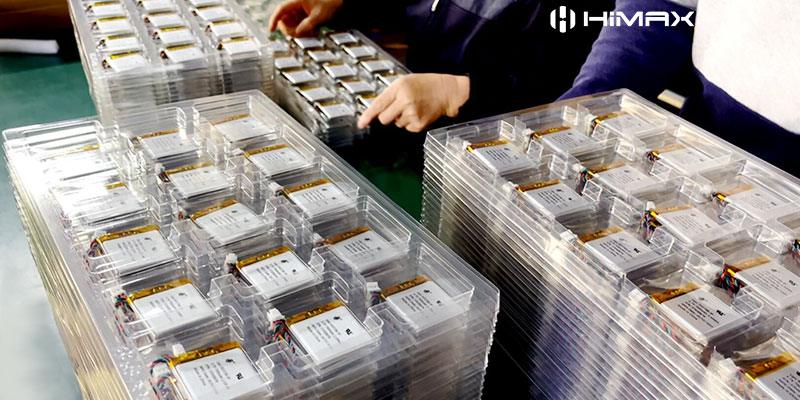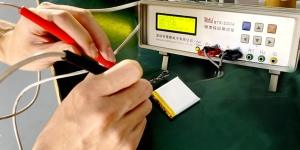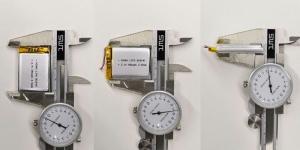How to discharge the Lipo battery
How to Safely Discharge a LiPo Battery: A Comprehensive Guide
Lithium Polymer (LiPo) batteries are popular in many high-demand electronics due to their lightweight, high energy density, and flexibility in shape and size. Properly discharging these batteries is crucial for safety, longevity, and performance. This article provides a detailed guide on safely discharging LiPo batteries, ensuring optimal use, and extending their lifecycle.
Understanding LiPo Batteries
Before discharging a LiPo battery, it is important to understand its composition and how it differs from other battery types:
-
Energy Density: LiPo batteries offer high energy density, which means they can store more energy than other batteries of the same size, making them ideal for performance-critical applications.
-
Voltage Sensitivity: They require careful handling due to their sensitivity to over-discharge and overcharge, which can lead to dangerous situations, including fires.
Reasons for Discharging LiPo Batteries
Discharging LiPo batteries is not just about reducing their charge. It serves several important purposes:
-
Storage: LiPo batteries should not be stored fully charged. The ideal storage voltage for a LiPo battery is around 3.85 volts per cell.
-
Calibration: Regular discharging helps calibrate battery management systems, ensuring more accurate readings of capacity and voltage.
-
Safety: By discharging to safe levels, the risk of chemical degradation and fire is significantly reduced, especially during periods of non-use.
Equipment Needed for Safe Discharge
-
LiPo Discharger: A device designed to discharge LiPo batteries at controlled rates.
-
Voltage Checker: Essential for monitoring the voltage of each cell in the battery to prevent over-discharge.
-
Fireproof Charging Bag or Container: Provides an added layer of safety to contain any potential failures.
Step-by-Step Guide to Discharging
-
Preparation:
-
Set up in a well-ventilated area, free from flammable materials.
-
Ensure the battery is at room temperature and not physically damaged.
-
-
Set Up Discharge Equipment:
-
Place the LiPo battery inside a fireproof bag.
-
Connect the battery to the discharger, ensuring the balance leads are also connected if available.
-
-
Configure the Discharger:
-
Set the discharger to the correct voltage cut-off, usually 3.0 to 3.3 volts per cell.
-
Adjust the discharge rate according to the battery’s specifications, typically not exceeding 1C (the battery’s capacity rate).
-
-
Monitor the Discharge Process:
-
Regularly check the cell voltages using the voltage checker.
-
Watch for any signs of battery distress, such as swelling or excessive heat.
-
-
Post-Discharge Care:
-
Once the battery reaches the target voltage, disconnect it from the discharger.
-
Store the battery in a cool, dry place, ideally in a fireproof container.
-
Safety Tips
-
Never leave the discharging battery unattended.
-
Regularly inspect the battery for signs of wear or damage.
-
Always use high-quality and compatible discharging equipment.
Choosing Himax Electronics
Opting for Himax Electronics provides numerous benefits when dealing with LiPo batteries:
-
Quality Products: Himax Electronics offers high-quality, thoroughly tested LiPo batteries and discharging equipment designed to meet rigorous safety standards.
-
Expert Advice: Our team of experts can provide detailed guidance on how to safely manage your LiPo battery needs, from charging to discharging and storage.
-
Customer Support: We are committed to providing excellent customer service and ensuring you have access to support whenever needed.
Conclusion
Properly discharging your LiPo batteries is essential for maintaining their health and ensuring safe operation. You can effectively manage your batteries’ lifecycle by following the detailed steps and precautions outlined in this guide. For all your LiPo battery needs, consider Himax Electronics, where you’ll find a combination of quality, reliability, and expert support designed to help you get the most out of your battery investments.





